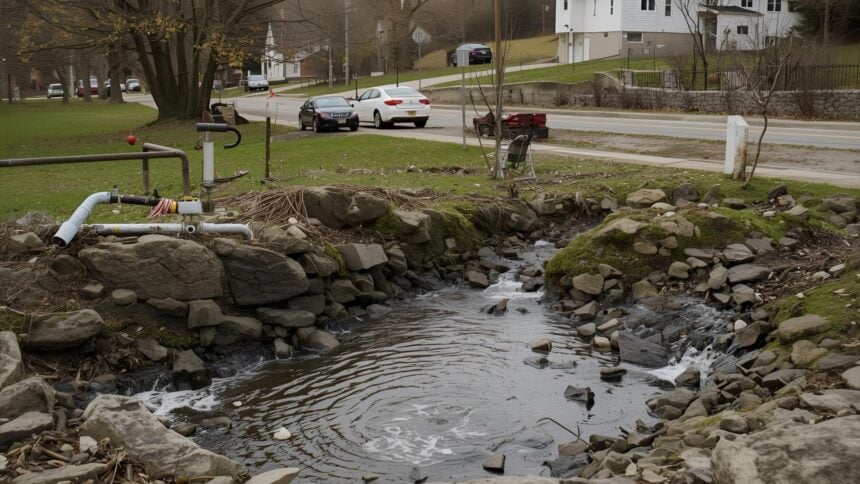A rural Ottawa city councillor is pressing for a stronger response as drought conditions leave private wells sputtering or dry across parts of West Carleton and neighboring communities.
West Carleton–March Councillor Clarke Kelly said his office began fielding reports of dry wells in early September and is asking residents to contact him and 3-1-1 so the city can track the scale of the problem and steer people to help.
On his office website, Kelly points residents to city facilities where potable water and showers are available during operating hours.
The Mississippi Valley Conservation Authority has escalated the Carp River watershed to a Level 3 low water status, the most severe category under Ontario’s Low Water Response program.
The agency says streamflow on parts of the Carp River fell to less than 5% of the long-term average in August and urges private well users who are not on the municipal system to cut consumption by 50%.
Residents in Marathon Village and other pockets of Ward 5 say the taps have been unreliable for weeks.
One resident described organizing daily water deliveries and still seeing the well “dry up faster than most in the area,” while another called for the city to set up free community water stations and access to showers and laundry.
Clean, safe water is a basic necessity,” Marathon Village resident Shelley Welsh told local outlet West Carleton Online.
City policy leaves responsibility for private wells with property owners, but the municipality has published drought guidance and is making municipal recreation facilities available for drinking water refills and showers.
The city is also encouraging rural residents on private wells to conserve, including avoiding non-essential outdoor use.
Kelly has stopped short of promising specific new programs, but he is pushing for a more coordinated, emergency-style approach that focuses on immediate access to safe water, clearer information on where to go for assistance, and a better picture of how many households are affected.
He has asked residents with dry or low-capacity wells to email his office so staff can log cases and connect people with available services.
The conservation authority’s Level 3 designation underscores how unusual this fall has been.
Over the past three months, rainfall across the watershed fell well below seasonal norms, and recent storms have not been enough to recharge aquifers that supply many of the area’s shallow wells.
Level 3 conditions signal that supply is failing to meet demand and often trigger tighter restrictions and stepped-up enforcement on permitted water takings.
Trucked-in water can run into the thousands of gallons per household in a matter of days when wells fail, and families still need bottled water when well water turns cloudy after a partial recovery.
Some residents are driving into town for laundry and showers, while others ration water at home to get through the week. A CTV segment this month showed residents urging neighbors to conserve and calling on the city to bolster support.
In the meantime, officials are emphasizing conservation, documentation through 3-1-1, and the use of municipal facilities for water and hygiene while staff assess whether additional measures are warranted.


















